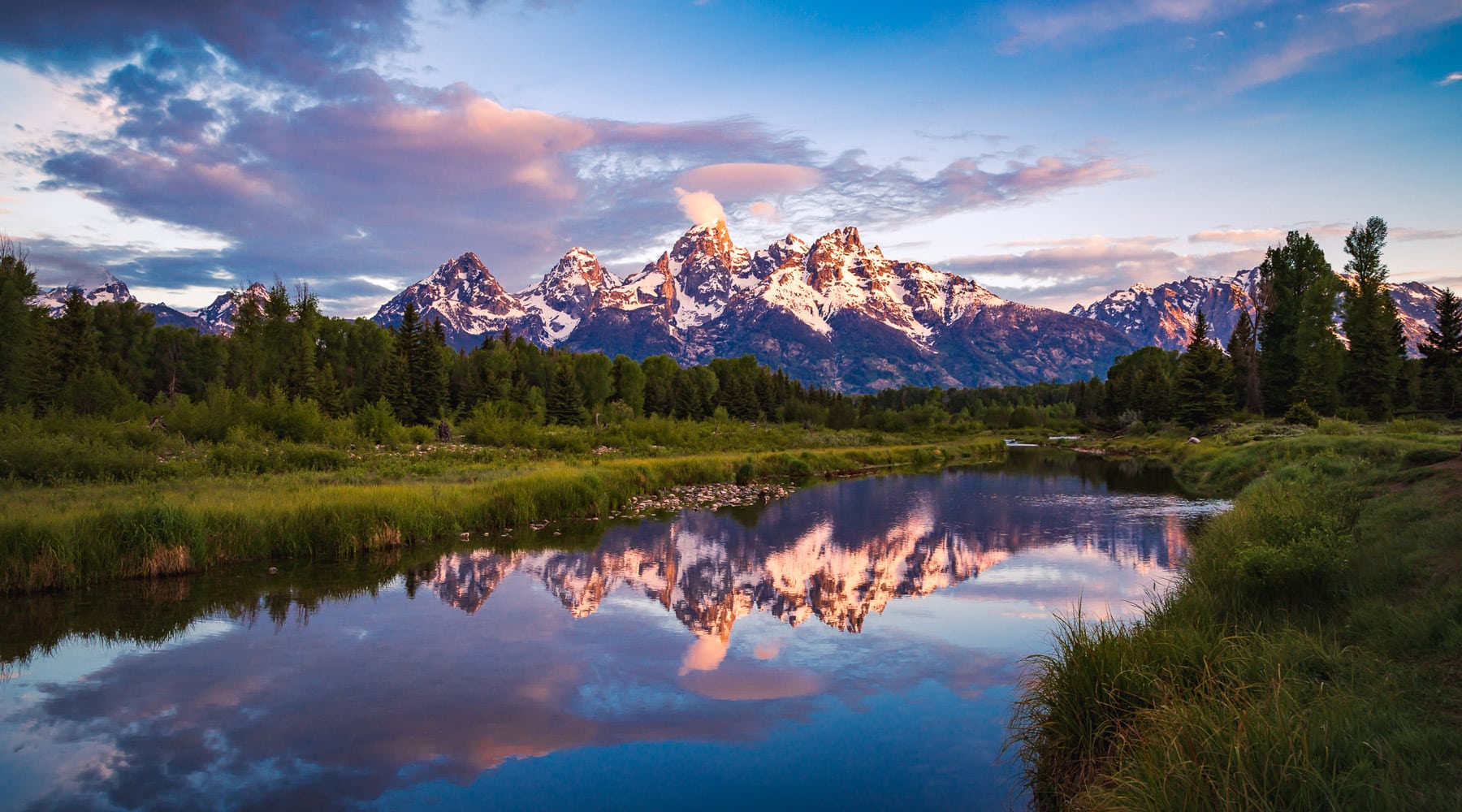This entirely national park houses beautiful mountain peaks, numerous wildlife, world-class hiking terrain, and stunning landscapes everywhere in all around. It was founded in 1929, aiming to protect the areas around the Grand Teton mountain range and its lakes from commercial exploitation, which was later expanded in 1950. You can find various ancient mountains that boast plenty of old rocks dating back 2.7 billion years ago. Many visitors come to the park to capture grizzly and black bears, grey wolves, coyotes, bison, and bald eagles. They also have the opportunity to watch elk and a variety of smaller mammals, such as the Uinta ground squirrel. It is best discovered in 5 or more days if you plan to visit its highlights from Cascade Canyon to Lake Solitude, delta lake, Teton Mountain Range, and many other picturesque places.
Where is Grand Teton National Park?
Located north of Jackson’s town in the northwest corner of Wyoming, the Grand Teton National Park lies only 10 miles south of Yellowstone National Park. This extraordinary federal park with 310,000 acres of terrain ranging from summertime wildflower meadows to rushing whitewater streams is home to a varied ecosystem.
What to See in Grand Teton National Park?
There are plenty of lakes with deep clear blue pools in the area. The wild and winding Snake River goes down through the park in a rush of water. Interestingly, the dense forests covering the mountainsides are the habitat for a vast array of flora and fauna, with some species stemming from the prehistoric era. On the southeastern corner of the park, you can find some of the fantastic wildlife sceneries. Moose, otters, and Beaver are a few of the creatures you shouldn’t miss out on around Schwabacher’s Landing on the Snake River. Jackson Lake provides people with paddle sports, sailing, water skiing, and windsurfing. The Hermitage Point Trail delivers day hikers a pleasant and memorable experience of trekking (about 9 miles) from the marina to a planned stretch of lakeshore.
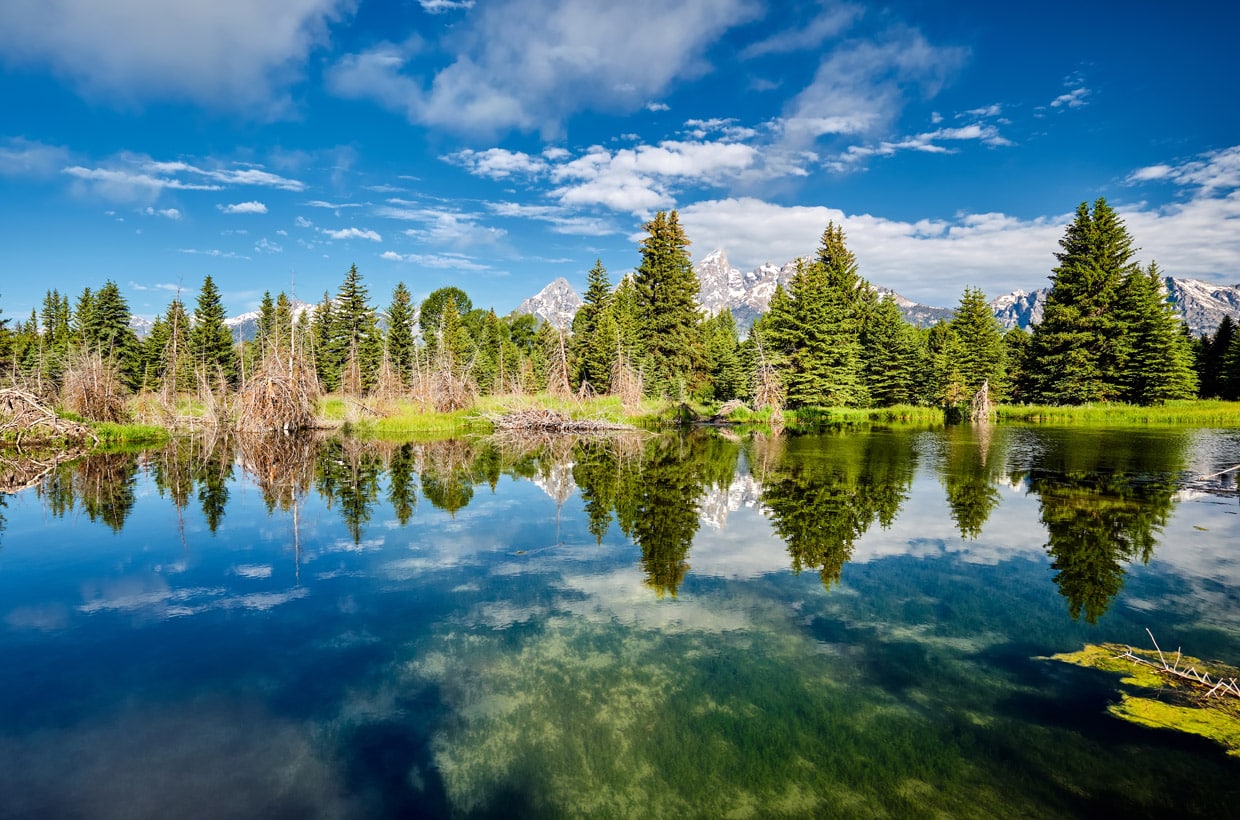
Jenny Lake
Jenny Lake sitting at the base of Cascade Canyon in Grand Teton National Park is one of the highlights you must visit. Don’t miss out on having breakfast, lunch, or dinner at the cozy Jenny Lake Lodge. The lakeshore is divided into two zones known as South and North Jenny Lake. You can find plenty of facilities like the visitor center, ranger station, campground, and docks in the South area. The north area offers a picnic area, boat launch, and trailhead; however, North Jenny Lake still has fewer crowds and is a bit quieter.
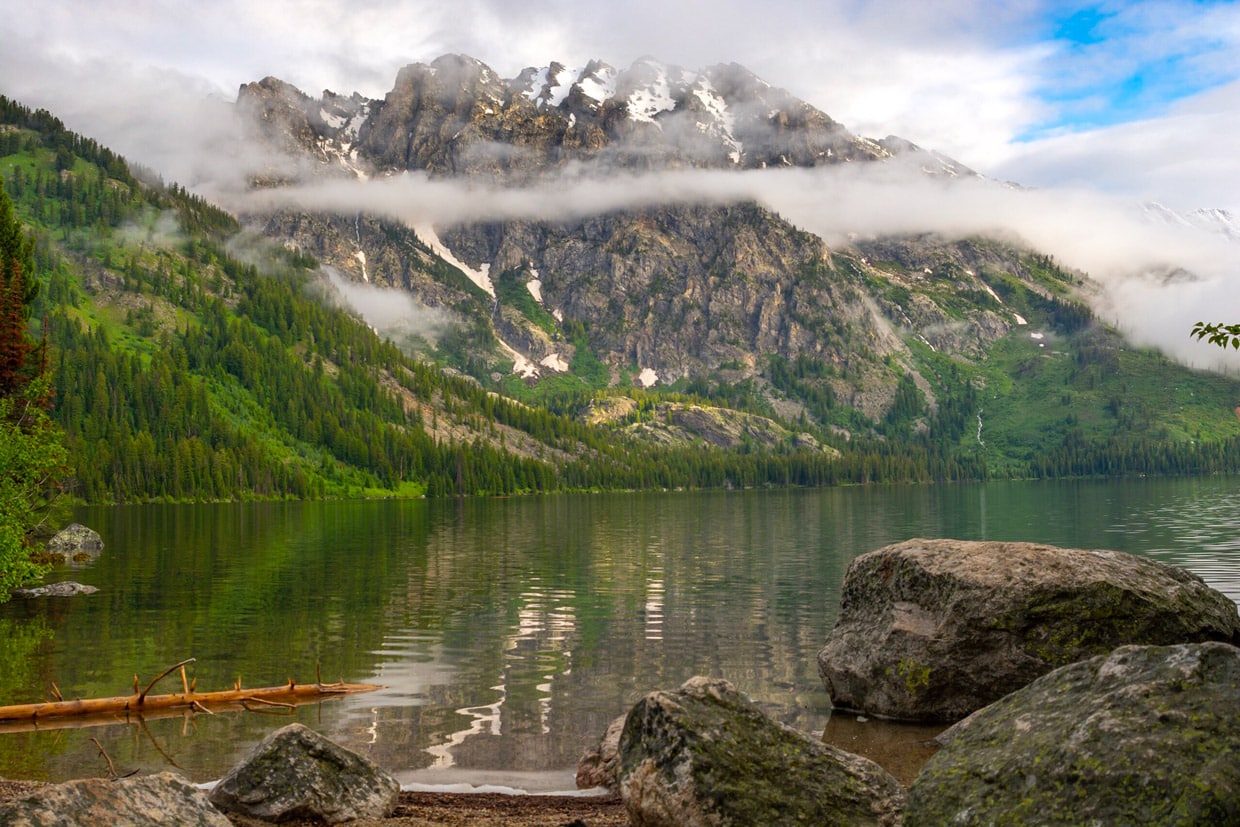
Jackson Hole
Originally called “Jackson’s Hole,” it provides visitors with amazing sights and outdoor fun, which depends on your trip plan. If you are among the hiking fans, mountain biking, fly-fishing, and horseback riding, summer months are the best options, but for skiing and snowboarding, the winter months are the peak time. Wildlife is most active during the spring months, and you will soak up the changing colors of the trees in the autumn.
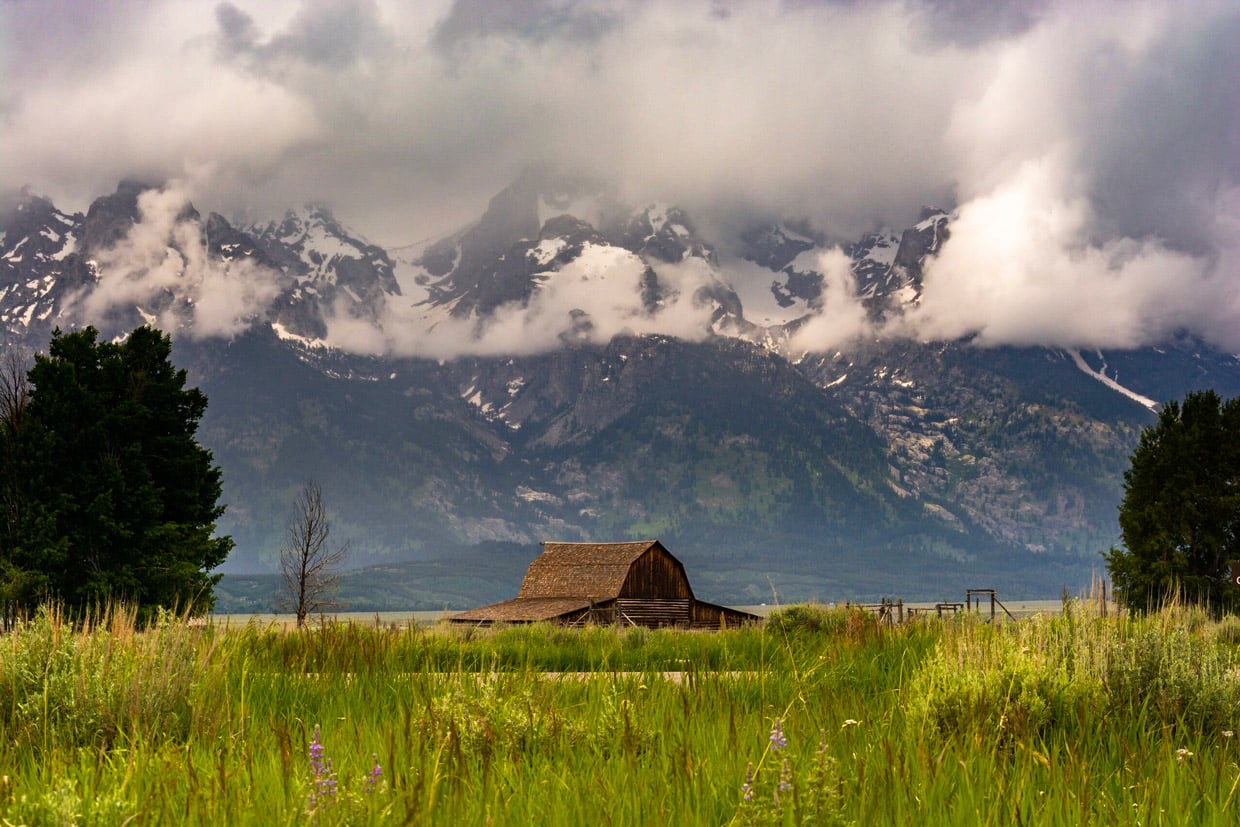
Jackson Lake
Lying on the northwest region of Grand Teton National Park near the Jackson Hole, Jackson Lake is a natural lake, and its shores attract numerous fishers, boaters, and campers during the summer months. The lake is home to about 15 islands, among which the most famous is Elk Island. Don’t miss out on camping a night at Elk island and enjoy a memorable and unique experience. It is a deep and cold lake filled with cutthroat, brook and brown trout, salmon, and pike. You’ll also find several hiking trails near the Jackson Lake Dam, like Heron Pond and Swan Lake.
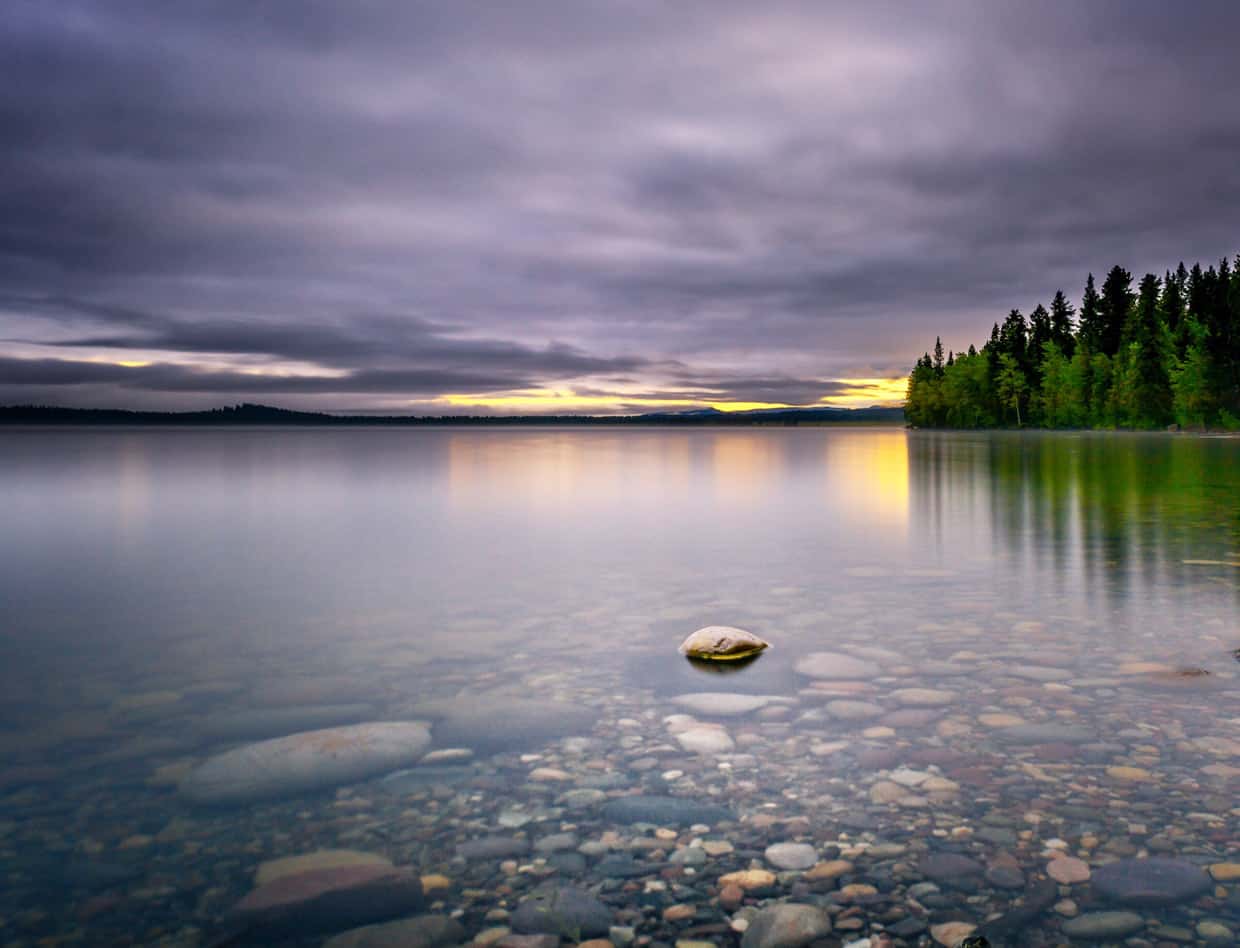
Other Things to Do
- Hiking
- Biking
- Climbing
- Boating
- Fishing
- Water skiing
- Sailing
- Wind-surfing
How to Get There?
Visitors can access the Grand Teton’s gateways from the north, south, and east, and drivers naturally enter from whichever side they approach the park. You can find many public transportation options into and around Grand Teton Park. There are also plenty of highways leading to the garden suitable for those who prefer to drive their cars. Idaho Falls Regional Airport (IDA), Jackson Hole Airport (JAC), and Salt Lake City International Airport are the nearest airports to Grand Teton National Park. You can easily find car rental agencies at any of the airports. Rent a car and don’t miss out on seeing all the sights at your leisure.
When to Visit Grand Teton National Park?
Regardless of what time of year you plan to visit the park, you should arrange on dressing warmly: as in, gloves and mittens, sweaters, and wool socks. From mid-April to June, you’ll face mild days and cool nights, and snow and rain are pretty common. In early July and August, the daytime temperature reaches the 70s and 80s typically, with frequent afternoon thunderstorms and cool nights.
Winters soothe visitors’ eyes with gorgeous snow-covered peaks and temperatures as low as -60 degrees Fahrenheit. If you are interested in witnessing the foliage changing colors, fall is the perfect time for the wildlife preparing for winter. You will enjoy the new life and lush meadows in the spring and hiking and exploring in the backcountry in summer.
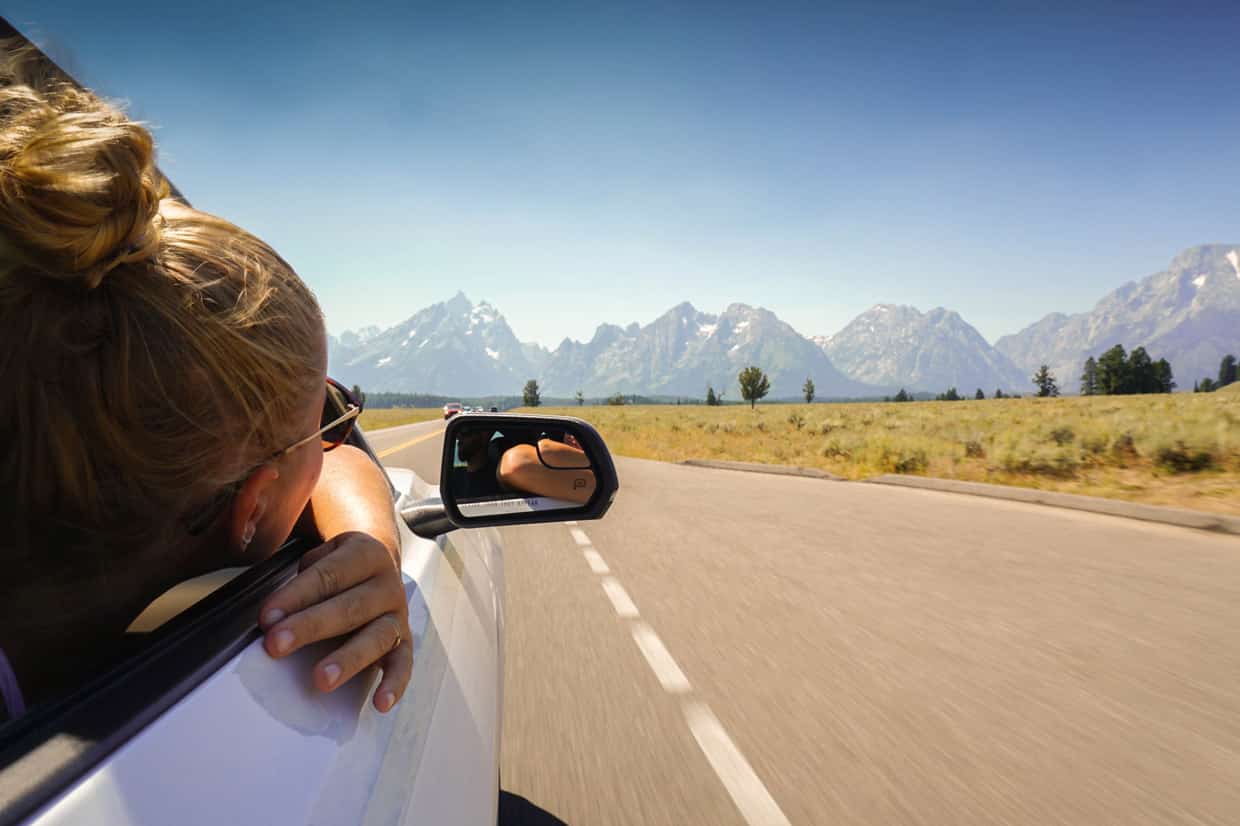
Additional Information
Camping is available in the park, and visitors can hike, view wildlife and fish from riverbanks and lakeshores; recreational boating and floating on waterways are allowed. Grand Teton National Park is quite mountainous and rugged, so that parking may be limited, especially during peak times or lousy weather seasons. A charming bus system is available for Jackson Hole and neighboring areas.

